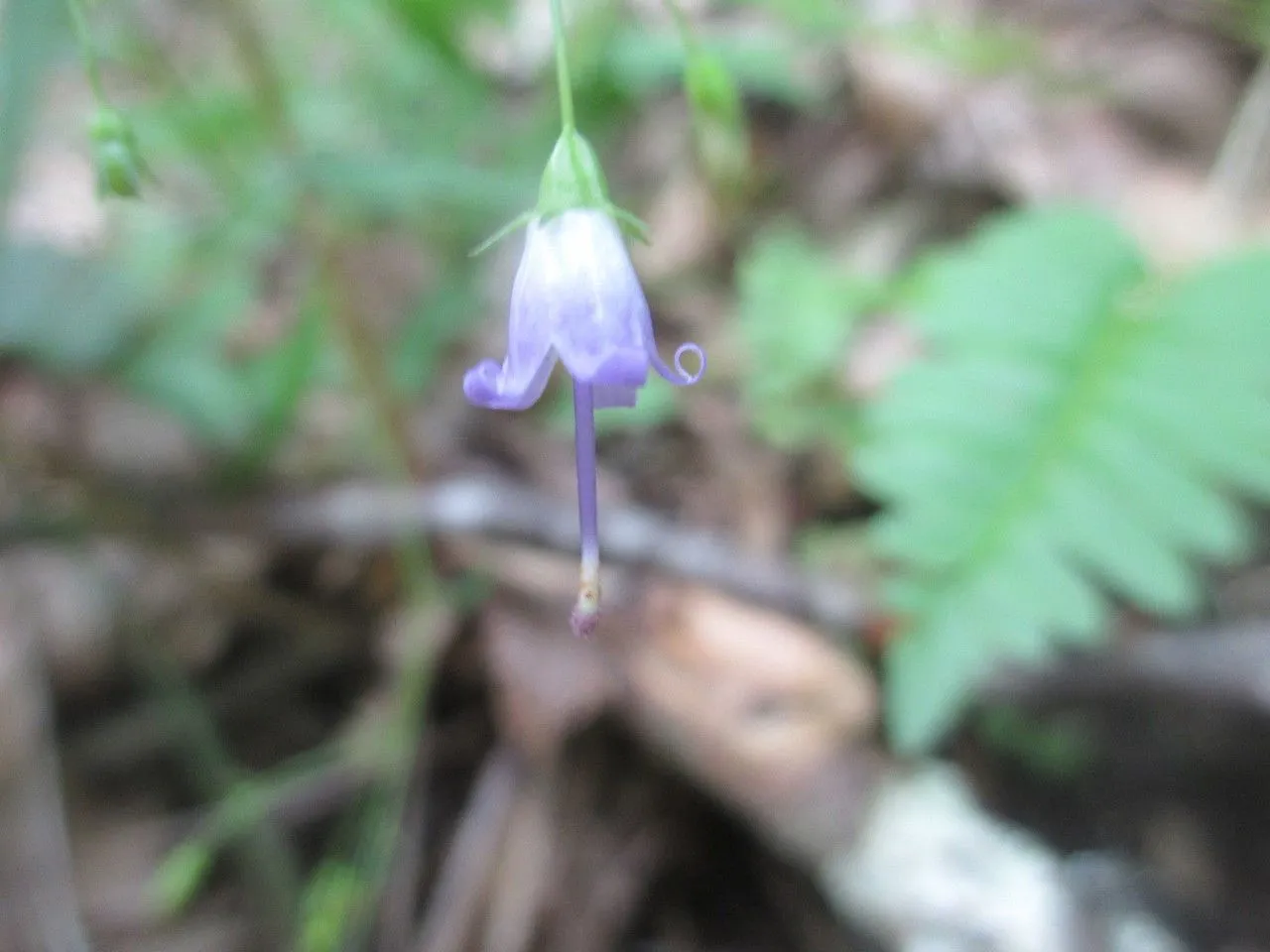
Author: Michx.
Bibliography: Fl. Bor.-Amer. 1: 109 (1803)
Year: 1803
Status: accepted
Rank: species
Genus: Campanula
Vegetable: Unknown
Observations: West Virginia to SE. U.S.A.
The Appalachian bellflower, known scientifically as Campanula divaricata, is a delightful species belonging to the family Campanulaceae. This perennial herb captures the essence of the southeastern United States, flourishing widely from West Virginia down to the genuinely warm climates of the Southeast.
First recorded in the early 19th century by the botanist Michx., specifically cited in Fl. Bor.-Amer. 1: 109 (1803), the Appalachian bellflower is distinct for its elegant and charming bell-shaped flowers, which characteristically adorn the scenic landscapes of its native regions. These flowers have a subtle yet captivating charm, with a delicate structure that belies their hardiness and adaptability to a variety of slightly acidic to neutral soil conditions usually found in open woodlands, meadows, and along forest edges.
The plant’s elegant growth habit and relatively small stature make it an excellent ground cover or an addition for wildflower gardens designed to mimic its natural habitat. Its foliage provides a lush green backdrop that accentuates the exquisite beauty of its blue to violet blossoms, which typically bloom from late summer into the early fall, creating a picturesque scene in the latter parts of the growing season.
Aside from its aesthetic appeal, Campanula divaricata plays a significant role in supporting local biodiversity. It attracts a variety of pollinators, including bees and butterflies, which are crucial for maintaining the health and continuity of various ecosystems. This makes it an integral species not only in natural habitats but also in ecological landscaping practices aimed at fostering biodiversity.
In cultivation, the Appalachian bellflower requires minimal maintenance once established. It thrives best in well-drained, moderately moist soils and benefits from partial to full sunlight. Gardeners favor this plant for its low-maintenance nature and its ability to add a touch of natural elegance to garden spaces.
Overall, the Appalachian bellflower is a treasured component of the southeastern flora, offering both ecological benefits and visual satisfaction to botanists, gardeners, and nature enthusiasts alike.
Eng: appalachian bellflower, small bonny bellflower, southern harebell
En: Appalachian bellflower, Southern harebell, Small bonny bellflower
Taken Oct 1, 2020 by joanna joanna p (cc-by-sa)
Taken Aug 28, 2015 by EOL − kimberlietx (cc-by-nc)
Taken Aug 9, 2022 by jenny hall (cc-by-sa)
Taken Nov 19, 2014 by EOL − Matt Rung (cc-by-nc)
Taken Aug 28, 2021 by Ted Clark (cc-by-sa)
Taken Sep 8, 2019 by Anja Collette (cc-by-sa)
Taken Aug 24, 2015 by EOL − Matt Rung (cc-by-nc)
Taken Jan 1, 1900 by EOL − Cooper, G.A. (cc-by-nc-sa)
Taken Jan 1, 1900 by EOL − WVU Herbarium (cc-by-nc-sa)
Taken Jan 1, 1900 by EOL − WVU Herbarium (cc-by-nc-sa)
Taken Jan 1, 1900 by EOL − Smithsonian Institution, National Museum of Natural History, Department of Botany (cc-by-nc-sa)
Taken Jan 1, 1900 by EOL − Cooper, G.A. (cc-by-nc-sa)
Family: Myrtaceae Author: (F.Muell.) K.D.Hill & L.A.S.Johnson Bibliography: Telopea 6: 402 (1995) Year: 1995 Status:…
Family: Rubiaceae Author: Pierre ex A.Froehner Bibliography: Notizbl. Bot. Gart. Berlin-Dahlem 1: 237 (1897) Year:…
Family: Sapindaceae Author: Koidz. Bibliography: J. Coll. Sci. Imp. Univ. Tokyo 32(1): 38 (1911) Year:…
Family: Asteraceae Author: A.Gray Bibliography: Pacif. Railr. Rep.: 107 (1857) Year: 1857 Status: accepted Rank:…
Family: Fabaceae Author: Medik. Bibliography: Vorles. Churpfälz. Phys.-Ökon. Ges. 2: 398 (1787) Year: 1787 Status:…
Family: Aspleniaceae Author: (Cav.) Alston Bibliography: Bull. Misc. Inform. Kew 1932: 309 (1932) Year: 1932…